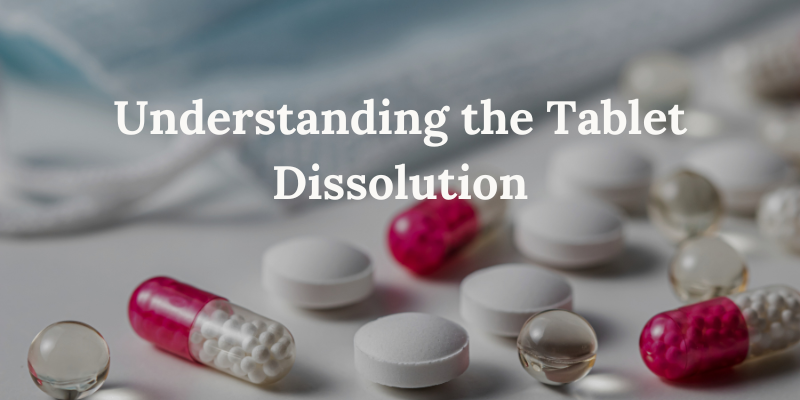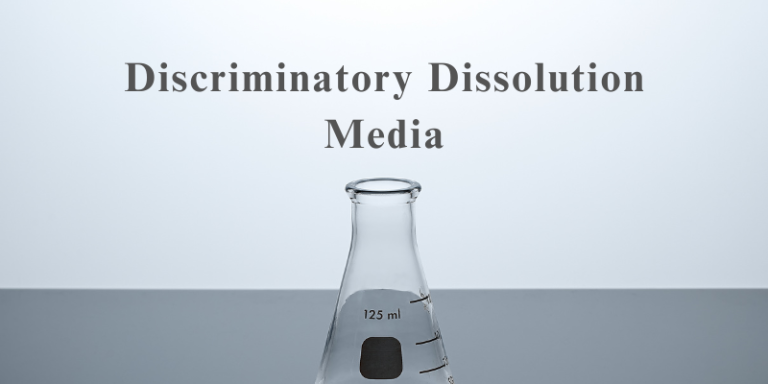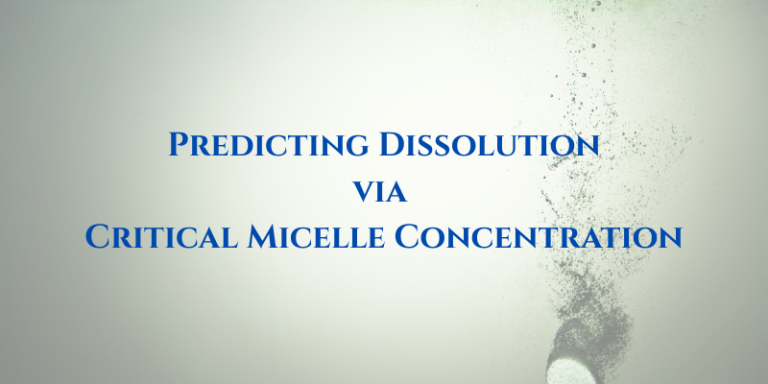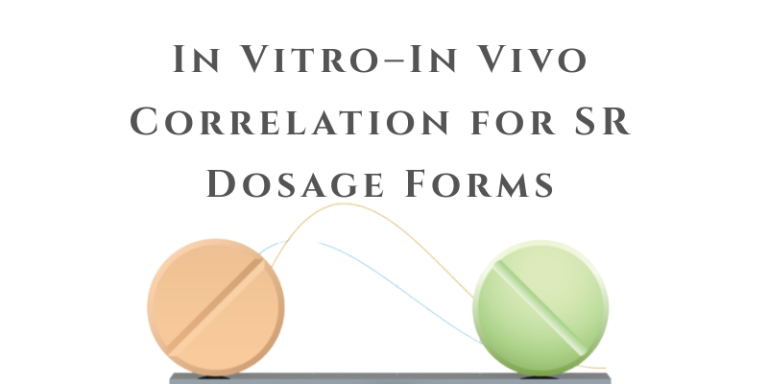Understanding the Tablet Dissolution
Tablet dissolution is a critical process in pharmaceutical sciences, influencing drug bioavailability and therapeutic effectiveness. This review explores the principles of tablet dissolution, detailing the key stages from administration to absorption. It also discusses factors affecting dissolution, analytical methods, regulatory considerations, and emerging technologies shaping the future of drug release and bioavailability enhancement.
Oral solid dosage forms, such as tablets, are among the most commonly used drug delivery systems due to their convenience, stability, and precise dosing. The dissolution of a tablet is a crucial step in ensuring drug efficacy, as it dictates the release and subsequent absorption of the active pharmaceutical ingredient (API). Understanding dissolution mechanisms and influencing factors is essential for formulation scientists and regulatory bodies.
Stages of Tablet Dissolution
Tablet Administration
The dissolution process begins when a patient ingests a tablet with water. The tablet travels through the esophagus and reaches the stomach, where it interacts with gastric fluids.
Swelling
Upon exposure to gastric fluids, the tablet starts absorbing water, leading to swelling and softening. This step is crucial for the subsequent breakdown of the dosage form.
Tablet Disintegration
Disintegration refers to the breakdown of the tablet into smaller fragments or granules. Disintegrants incorporated into the formulation aid in this process by facilitating water penetration.
Granule Deaggregation
Following disintegration, the granules further deaggregate into fine particles. The extent of deaggregation influences the surface area available for dissolution. A larger surface area enhances the drug dissolution rate, ultimately impacting its bioavailability.
Active Ingredient Dissolution
At this stage, the active pharmaceutical ingredient dissolves into the gastric or intestinal fluids. The dissolution rate is influenced by physicochemical properties of the drug, formulation composition, and the surrounding pH. Drugs with poor solubility may require solubilizers or special formulation techniques, such as solid dispersions or lipid-based formulations, to enhance dissolution.
Absorption
Once dissolved, the drug molecules pass through the gastrointestinal membrane and enter systemic circulation, where they exert their therapeutic effect. The absorption process depends on factors like drug permeability, gastrointestinal motility, and interaction with food or enzymes. Immediate-release formulations aim for rapid dissolution, whereas controlled-release formulations are designed for prolonged absorption.
Factors Affecting Tablet Dissolution
Several factors influence the dissolution rate of a tablet:
- Physicochemical Properties of the Drug: Solubility, particle size, and polymorphic form impact dissolution kinetics. Poorly soluble drugs require formulation strategies such as micronization or complexation to improve their dissolution rates.
- Formulation Factors: Excipients, disintegrants, and binders play a role in the breakdown and release of the drug. Superdisintegrants like croscarmellose sodium or sodium starch glycolate significantly enhance the disintegration process, leading to faster dissolution.
- Manufacturing Parameters: Compression force, tablet hardness, and porosity affect how quickly the tablet dissolves. Overly hard tablets may resist disintegration, slowing dissolution, whereas very soft tablets may disintegrate too quickly, affecting drug release profiles.
- Physiological Conditions: Gastric pH, fluid volume, and motility influence dissolution and absorption. The presence of food can either enhance or delay drug dissolution depending on the drug’s characteristics.
Analytical Methods & Instruments for Dissolution Testing
Dissolution testing is an essential quality control measure in pharmaceutical development. Common methods include:
- USP Apparatus 1 (Basket Method): A rotating basket holds the tablet while dissolution media flow through. This method is particularly useful for capsules and floating dosage forms.
- USP Apparatus 2 (Paddle Method): A rotating paddle stirs the dissolution medium, aiding in drug release. This method is widely used for immediate-release and modified-release tablets.
- USP Apparatus 3 (Reciprocating Cylinder) & Apparatus 4 (Flow-Through Cell): Used for extended-release formulations and poorly soluble drugs requiring controlled testing conditions.
- UV-Vis Spectroscopy & HPLC: Used for quantifying drug concentration in the dissolution medium. HPLC provides high specificity, sensitivity, and reproducibility in dissolution studies.
Regulatory Considerations
Regulatory agencies such as the FDA and EMA mandate dissolution testing to ensure batch consistency and bioequivalence. The Biopharmaceutics Classification System (BCS) categorizes drugs based on solubility and permeability, guiding dissolution testing requirements. Dissolution tests serve as surrogate markers for in vivo drug release, reducing the need for extensive bioequivalence studies in some cases. The application of in vitro-in vivo correlation (IVIVC) models further aids in predicting drug absorption from dissolution data.
Conclusion
Tablet dissolution is a multifaceted process that governs drug bioavailability and therapeutic performance. Understanding the fundamental principles of dissolution and implementing robust testing methods are crucial for pharmaceutical development and regulatory compliance.
Read also:
- Media and Buffers in Dissolution Method Development
- Dissolution Specification Setting Procedure as per FDA
- Powder Shape and Their Effect on Tablet Properties
References
- Amidon, G. L., Lennernäs, H., Shah, V. P., & Crison, J. R. (1995). A theoretical basis for a biopharmaceutic drug classification: The correlation of in vitro drug product dissolution and in vivo bioavailability. Pharmaceutical Research, 12(3), 413-420.
- Dressman, J. B., Reppas, C. (2000). In vitro-in vivo correlations for lipophilic, poorly water-soluble drugs. European Journal of Pharmaceutical Sciences, 11(Suppl 2), S73-S80.
- United States Pharmacopeia. (2022). General Chapter <711> Dissolution.
- EMA Guideline on the Investigation of Bioequivalence (2010).
- Yu, L. X., Carlin, A. S., Amidon, G. L., Hussain, A. S. (2004). Feasibility of Biopharmaceutics Classification System-based waivers of in vivo bioequivalence testing for immediate-release solid oral dosage forms. Pharmaceutical Research, 21(5), 749-753.
Resource Person: Mohanned Jallad





